Urban Sketching Techniques: A Beginner's Guide
Urban sketching is an inspiring art form that captures the vibrant life and scenes of city environments through drawing on-location. A creative fusion of observational drawing and spontaneous storytelling, it invites people to record the world one sketch at a time. Whether you’re an aspiring artist or just looking to document your city adventures, learning urban sketching techniques can open a world of expression and mindfulness. This beginner’s guide will introduce foundational skills and approaches, offering guidance on basic materials, composition, capturing movement, and more—everything you need to embark on your journey as an urban sketcher.
Understanding Urban Sketching
Sketching On Location
Drawing on location is the foundation of urban sketching. When you sketch outside, you experience the atmosphere, sounds, and changing light of your environment. This immersive process trains your observational skills and fosters a deeper connection with your subject. Being present at the scene also challenges you to make quick decisions and focus on what’s most important, leading to stronger compositions and compelling visual storytelling. Confidence grows with practice, as you become more comfortable drawing in public and interpreting the world around you in your own style.
The Urban Sketchers Movement
Urban sketching has evolved into a global community, with thousands of participants sharing their art online and in organized meetups around the world. This sense of belonging and shared passion motivates sketchers to explore their cities and observe everyday moments with new eyes. The movement encourages a supportive, inclusive environment for artists of all skill levels. By joining this community, you can find inspiration, encouragement, and feedback, enhancing your skills and broadening your artistic horizons.
Telling a Story Through Your Art
At the core of urban sketching is storytelling. Every city scene tells a tale, whether it’s a bustling marketplace, a tranquil park, or a rainy street corner. Sketchers use drawing as a vehicle to communicate the ambiance, history, and vibrancy of their environment. Through thoughtful composition and attention to detail, your sketches can evoke mood, convey a sense of place, and capture transient moments. This narrative approach transforms your artwork from a simple record to a memorable visual diary, treasured for years to come.
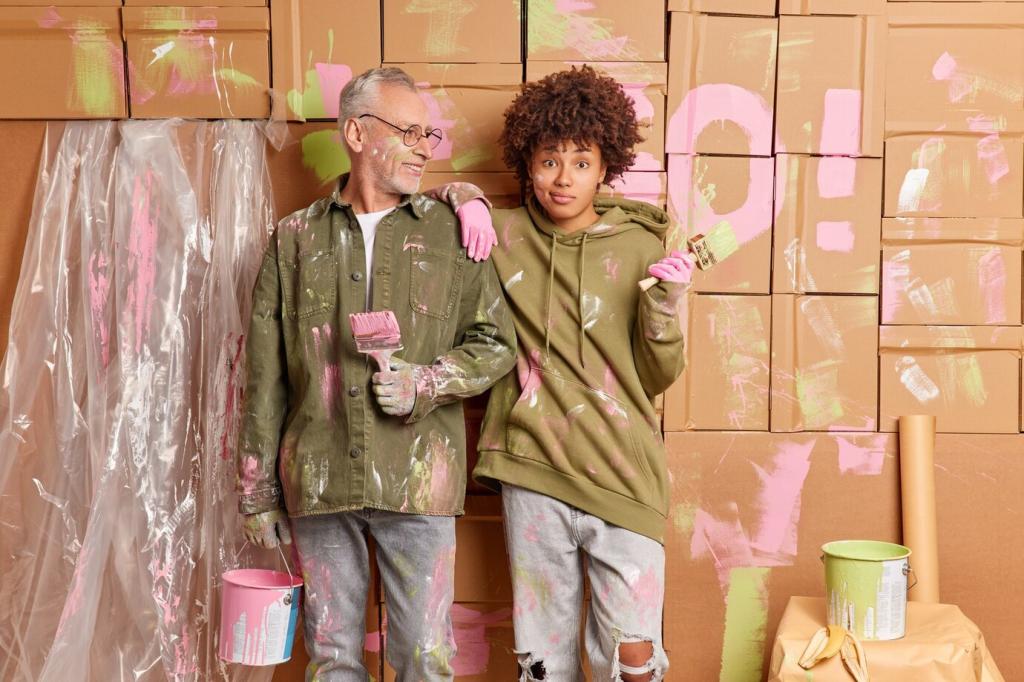
Selecting a Sketchbook
Your sketchbook is the centerpiece of your urban sketching kit. Consider its size, paper weight, and portability. A smaller sketchbook is easier to carry and allows for quick sketches on the go, while a larger format provides more space for elaborate compositions. The quality of paper matters, especially if you plan to use watercolor or ink—choose a sketchbook with sufficiently thick paper to prevent bleed-through and warping. Over time, your sketchbook becomes a cherished visual journal, filled with memories and progress.
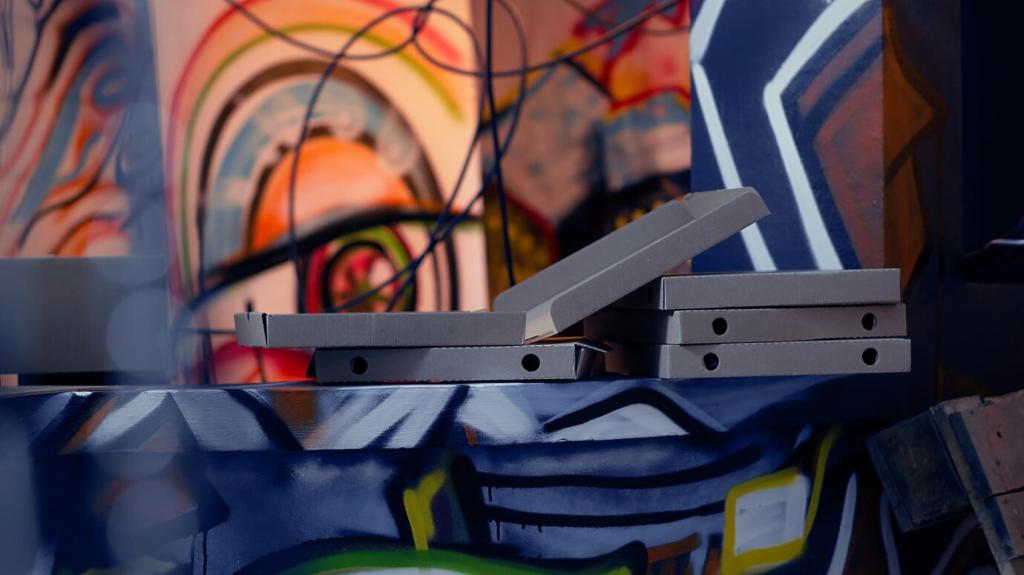
Choosing Drawing Tools
Pens, pencils, and markers are popular choices for urban sketchers. Each offers different effects: pencils allow for quick, erasable marks; fineliners provide crisp, confident lines; brush pens add expressive touches; and markers let you experiment with bold color. Many sketchers prefer waterproof ink so they can add watercolors later without smudging. Try out a few tools to see what feels most comfortable in your hand and what enables you to capture scenes swiftly while on location.

Adding Color with Portability
Compact watercolor sets or colored pencils are ideal for adding life to your sketches without being cumbersome. Water brushes, portable palettes, and minimal palettes fit conveniently into a bag and make painting en plein air easy. As you experiment, focus on practicality—choose colors you use most often and tools that can withstand being carried around. Remember, the goal is to capture impressions, not create flawless paintings, so keep your color kit simple and lightweight.

Line Quality and Control
The character of your line can greatly influence the mood and energy of your sketch. Experimenting with pressure, speed, and stroke direction will allow you to create dynamic, lively marks or subtle, nuanced textures. Varying your line weight—switching between bold and delicate lines—can help define depth, form, and focus within your scene. Developing a confident, fluid line comes with practice and helps convey both structure and spontaneity in your urban sketches.
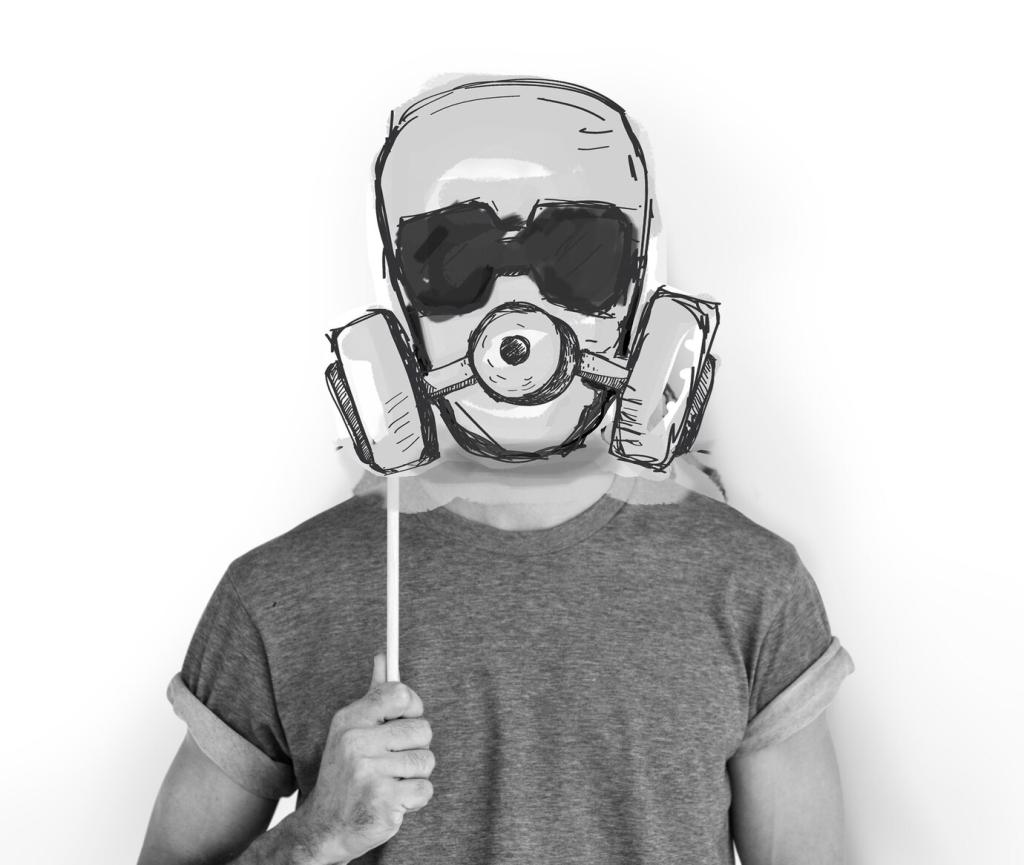
Gesture Drawing for Quick Captures
Urban scenes are constantly shifting, and quick gesture drawings are invaluable for seizing fleeting moments. This technique involves using rapid, loose lines to suggest movement or the basic shape of a subject without worrying about exact likeness. Practicing gesture sketches sharpens your ability to observe and interpret motion, enabling you to document people walking by, passing vehicles, or changing weather. These quick captures frequently add life and authenticity, setting the stage for more detailed work later.
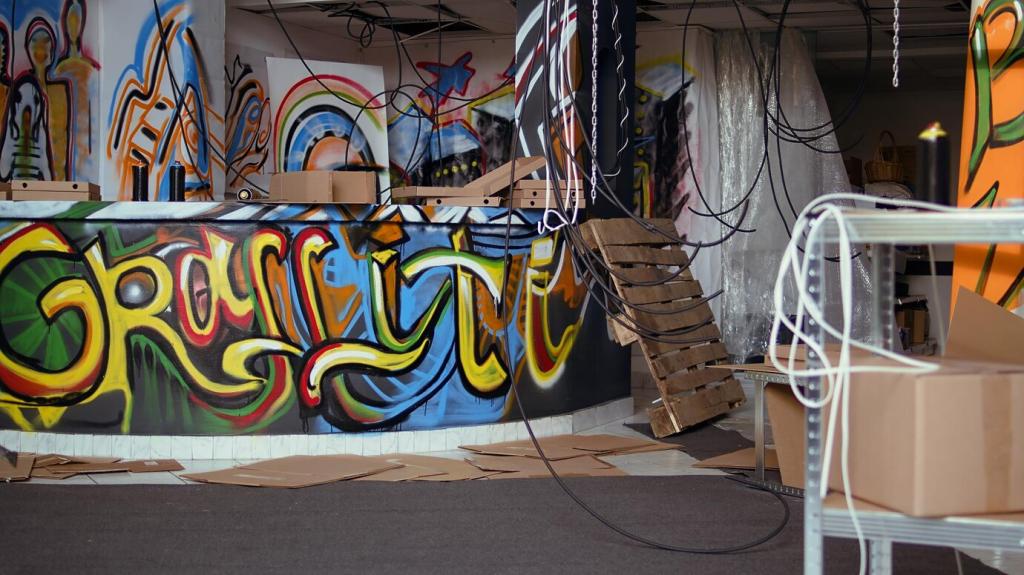
Foundations of Shading and Texture
To evoke atmosphere and realism, learn to add value and texture with shading techniques such as hatching, crosshatching, and stippling. These methods let you create the illusion of depth, shadow, and varied surfaces while working quickly on the go. Study how light affects buildings and objects at different times of day, and use your drawing tools creatively to mimic brick, glass, foliage, or pavement. Mastery of basic shading enhances the visual richness and realism of your urban sketches.
Observing and Simplifying Shapes

Breaking Down Architecture
Buildings and urban structures may appear complex, but most are based on simple geometric forms like cubes, cylinders, or triangles. Observing and sketching these fundamental shapes allows you to quickly block in a scene’s main elements with correct proportions and perspective. Once the structure is established, you can layer in details, textures, and decorative features. This approach keeps your composition organized and ensures architectural elements look convincing in your sketches.
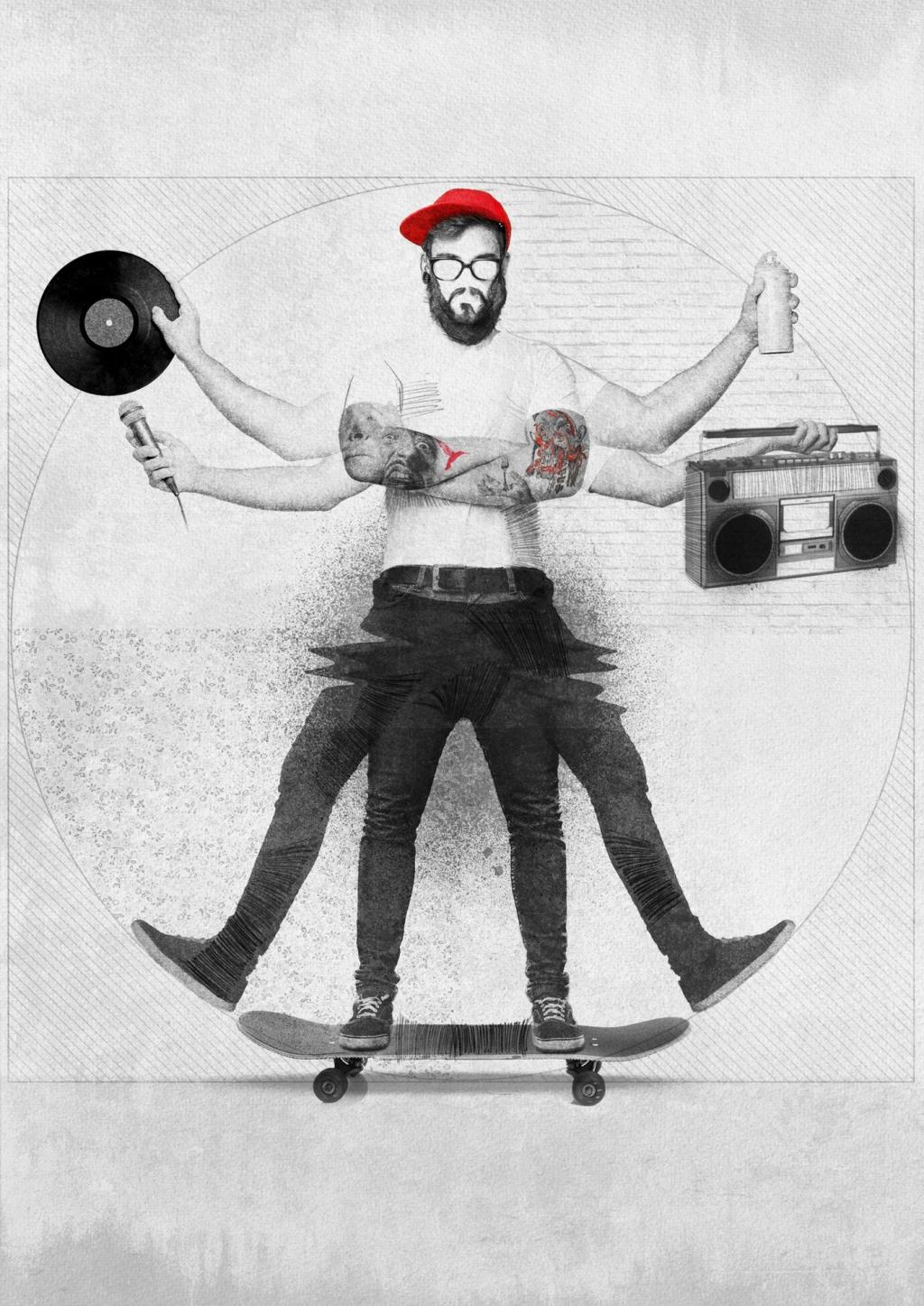
Distilling Details for Clarity
With so many interesting details in urban settings, it’s tempting to try and include everything. However, selectively simplifying your scene helps avoid clutter and makes your sketches visually appealing. Focus on key features—such as distinctive rooftops, ornate doors, or unique signage—that express the character of a place. Learn to suggest secondary details with minimal marks, allowing your drawing to breathe. This technique improves both speed and clarity, creating a strong focal point without overwhelming the viewer.
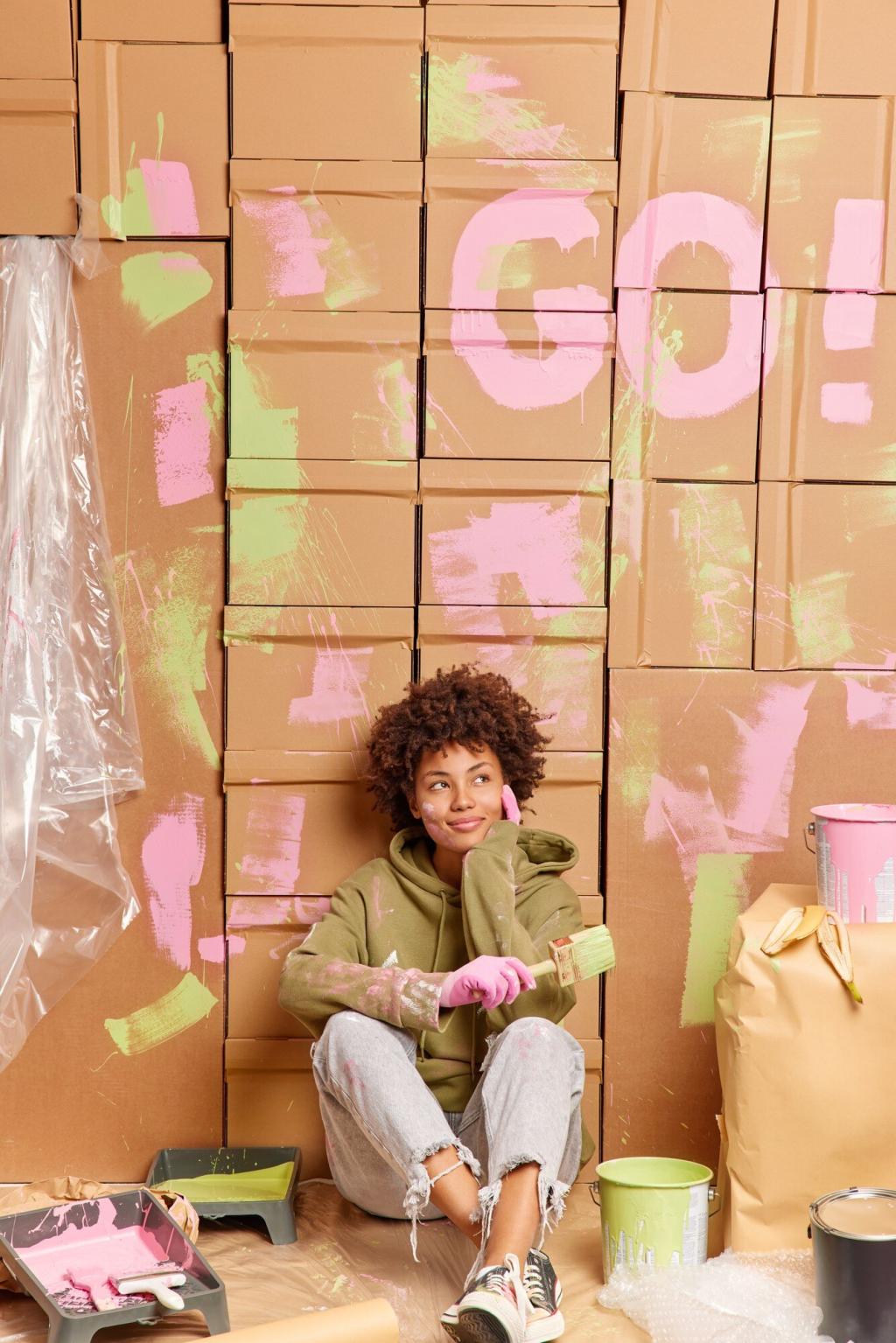
Using Negative Space Effectively
Negative space—the area around and between objects—is a powerful tool for composition and balance. Observing negative space helps you accurately judge proportions and spatial relationships. By intentionally leaving portions of your page empty or understated, you draw attention to your main subject and avoid overcrowding. This thoughtful use of negative space brings harmony, dynamism, and simplicity to your urban sketches, highlighting what matters most.
Composing Your Urban Scene
Your vantage point affects everything in your sketch, from perspective to emotional impact. Urban sketchers often seek out unusual angles, dramatic viewpoints, or cozy corners to provide a fresh perspective on familiar places. Moving your position or changing your seating height can completely alter the composition. Experimenting with different points of view helps you learn what best conveys your intention, whether that’s the grandeur of a city square or the intimacy of a tucked-away alley.
Previous
Next
Using Color to Enhance Your Sketches
Deciding When to Add Color
There’s no set rule for when color should be added. Some sketchers lay down color on location, while others wait and finish their sketches at home. Observe how light and atmosphere influence the scene while you’re there—this direct observation helps you make more informed color choices. Don’t feel pressured to color every part; sometimes just a few bold splashes or delicate touches can draw the eye and add emphasis. Let your instincts guide you and consider what best conveys the essence of the moment.

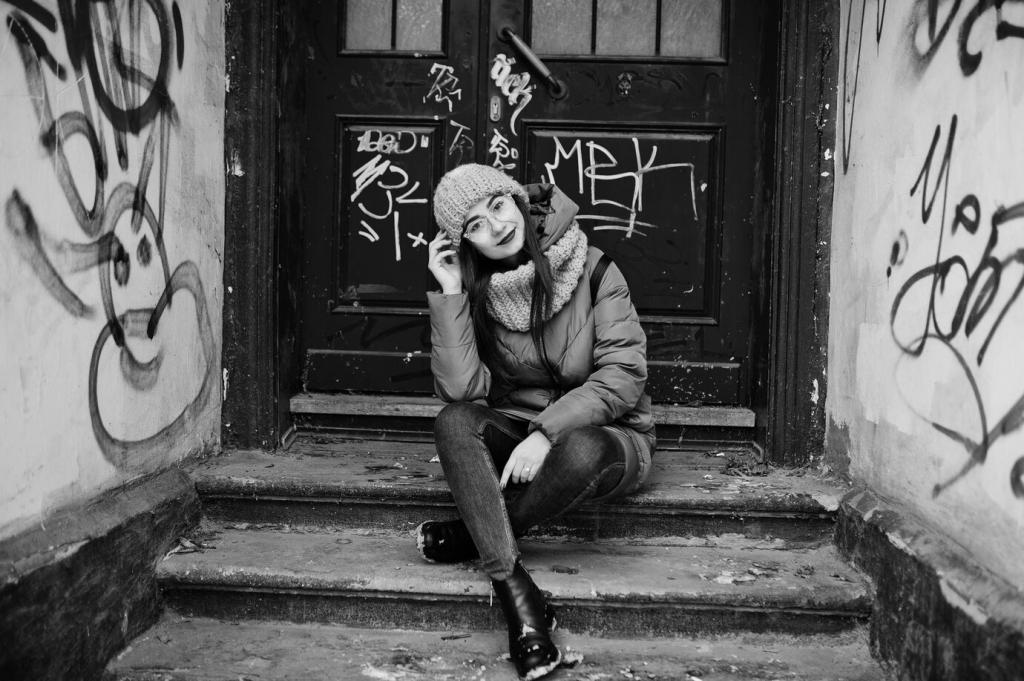
Techniques for Quick Watercolor Washes
Watercolor is prized among urban sketchers for its portability and luminous effects. Begin with light washes to suggest sky, shadows, or large areas, then build up layers for more vibrant colors and detail. Practice controlling water and pigment so you can apply color confidently, even under time constraints. If you prefer, limit your palette to a few harmonizing hues for unity and simplicity. The goal isn’t realism—it’s about capturing the spirit of the place with expressive, efficient color.
Building Confidence and Developing Your Style
Overcoming Fear of Drawing in Public
Sketching in public can feel daunting at first, from worries about making mistakes to self-consciousness about being watched. Start in quieter spots or with a small sketchbook to ease into the habit. The supportive urban sketching community and the realization that most passersby are curious, not judgmental, can alleviate nerves. Each successful outing builds courage, helping you focus on capturing the scene rather than what others may think. Remember, your sketchbook is your personal journey, not a test.
Learning from Other Sketchers
Studying the work of fellow urban sketchers is an inspiring and effective way to learn. Attend local sketching meetups, join online forums, or simply browse social media tagged with urban sketching. Observing a variety of styles and techniques can spark new ideas and encourage you to try unfamiliar approaches. Don’t hesitate to ask for tips or share your own experiences—exchange and community are fundamental to the urban sketching ethos. Learning together brings rapid progress and lasting friendships.
Evolving Your Unique Expression
As you keep sketching, patterns will emerge in your linework, color use, and choice of subjects. Allow your instincts and personality to shape your approach, whether that means bold graphic drawings or subtle, atmospheric studies. Reflect on what excites you about the urban environment and let that guide your artistic direction. Celebrate your individuality—your sketches don’t have to look like anyone else’s. Authenticity is what makes your visual storytelling truly resonant.
